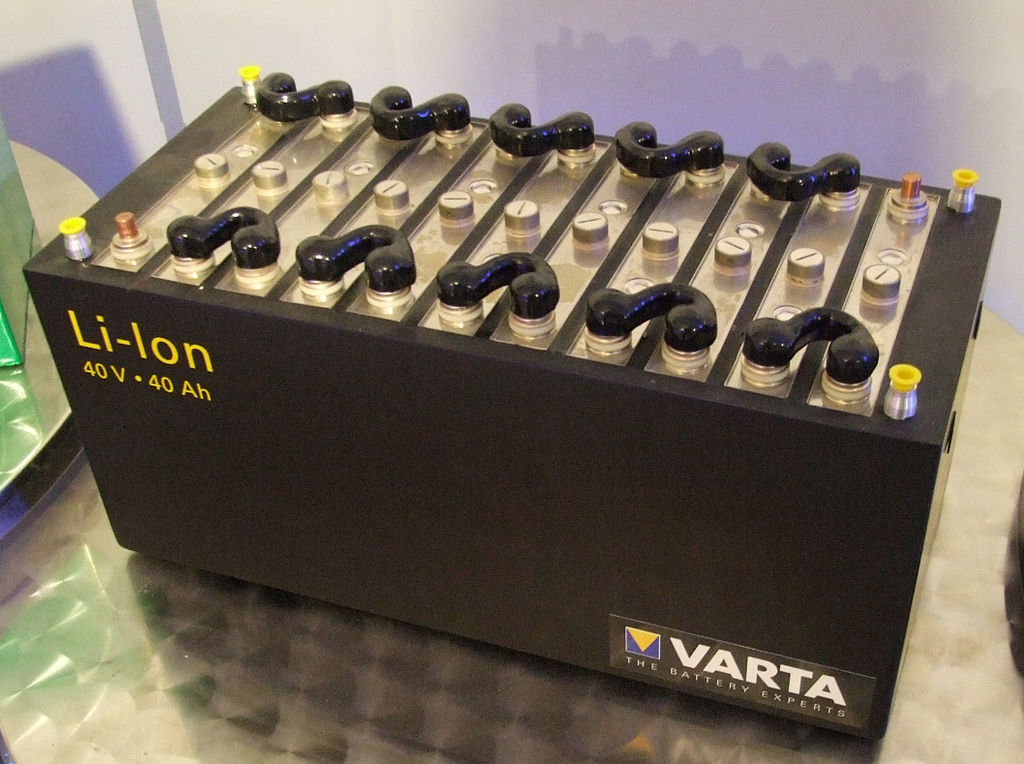From pv magazine International
A Belgian-Ethiopian research team has compared the levelized cost of energy (LCOE) and net present cost (NPC) of lithium-ion and lead-acid batteries for stationary energy storage and has found that the former are, techno-economically, more viable.
The analysis of both storage technologies was modeled through the HOMER software and the Equivalent Circuit Model (ECM), which describes the pure electrical behavior of a battery in terms of voltages, currents, and capacitances. “The ECM model is built-in using electrical components, which respond to the battery electrically,” the scientists explained. “On the other hand, HOMER is software used for the optimization of the components to be used in the grid-connected electrical power system.”
The analysis considered the charge and discharge rate influence on the performance of both kinds of batteries under typical application conditions assuming their use in a grid-connected photovoltaic system (PVGCS) with an inclination angle of 16 degrees and an azimuth angle of 0 degrees. “The system consisted of a 10 kWp photovoltaic array, a grid-connected converter of 5 kW capacity, 83 Ah lead-acid battery storage, and a li-ion battery of 167 Ah with a load having a 4-5 kVA rating,” the group explained, noting that in the simulation, the grid electricity price was estimated at €0.084/kWh.
Citing previous studies, the researchers said that, for stationary energy storage, lead-acid batteries have an average energy capital cost of €253.50/kWh and lithium-ion batteries, €1.555/kWh, and that their total average power cost is €333.50/kWh and €2,210/kWh, respectively. “Furthermore, the environmental impact of lead-acid is categorized as having a high impact, whereas li-ion has a medium/low environmental impact,” they also specified.
Through the simulation, the academics found that li-ion and lead-acid batteries have almost comparable charge and discharge properties but they also ascertained that the lithium-ion devices have the same discharge characteristics response as lead-acid batteries even with less capacity and a lower number of battery units, while also providing longer lifetime characteristics. Moreover, they found that the micro-grid formed by the PV system and the lithium-ion batteries has a net present cost of €14,399, while that of the PV system with lead-acid batteries is around €15,106. As for the LCOE, the latter reached a value of €0.34/kWh and the former, €0.32/kWh.
“The reduced number of batteries affects the per-unit COE and therefore the COE of the micro-grid system with li-ion batteries is lower, as compared to lead-acid batteries,” they further explained, adding that li-ion batteries have lower lifetime costs when associated with PV and reduced losses if compared to lead-acid batteries. “From the investigations, it can be concluded that, the PVGCS system with li-ion batteries requires 40% lesser batteries as compared to lead-acid batteries, and supporting in provision of reliable power supply with lower cost.”
The comparison between the two storage technologies can be found in the paper Techno-economic analysis of lithium-ion and lead-acid batteries in stationary energy storage application, which was recently published in the Journal of Energy Storage. The research group comprises scientists from the Vrije Universiteit Brussels, in Belgium, and the Jimma Institute of Technology, in Ethiopia.
This content is protected by copyright and may not be reused. If you want to cooperate with us and would like to reuse some of our content, please contact: editors@pv-magazine.com.









By submitting this form you agree to pv magazine using your data for the purposes of publishing your comment.
Your personal data will only be disclosed or otherwise transmitted to third parties for the purposes of spam filtering or if this is necessary for technical maintenance of the website. Any other transfer to third parties will not take place unless this is justified on the basis of applicable data protection regulations or if pv magazine is legally obliged to do so.
You may revoke this consent at any time with effect for the future, in which case your personal data will be deleted immediately. Otherwise, your data will be deleted if pv magazine has processed your request or the purpose of data storage is fulfilled.
Further information on data privacy can be found in our Data Protection Policy.